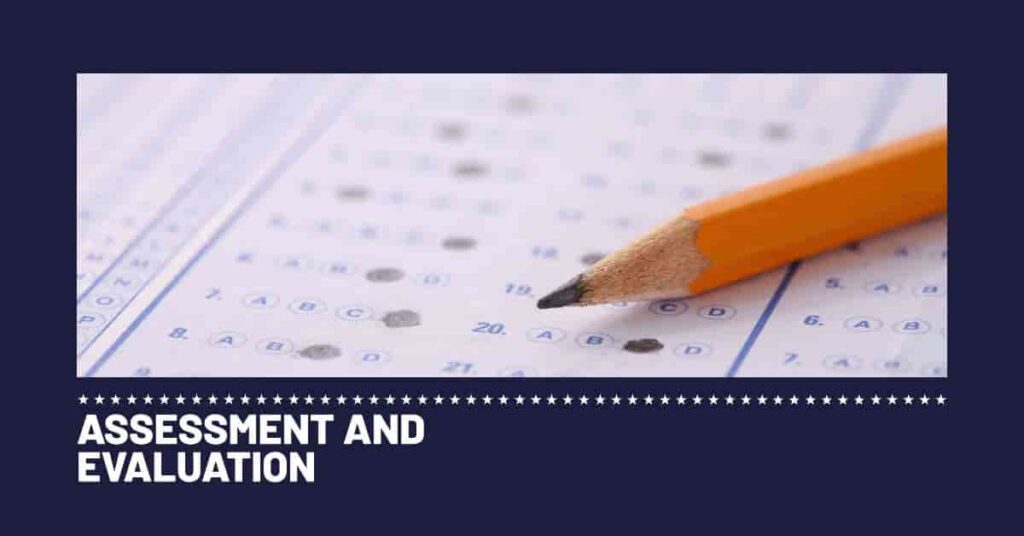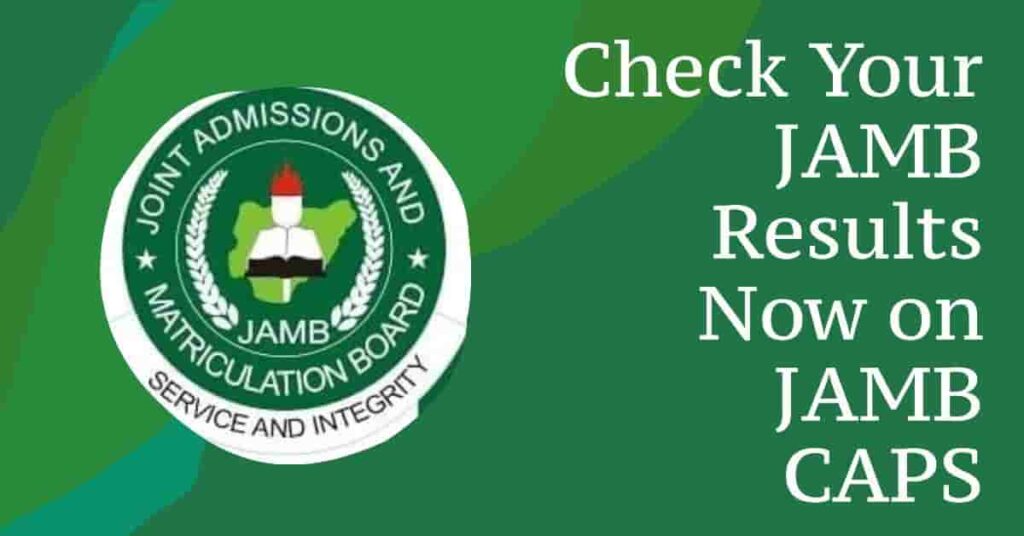Assessment and Evaluation: Understanding Their Importance in Education
Assessment and evaluation are essential components of the educational process, providing valuable insights into student learning and progress. While often used interchangeably, assessment and evaluation serve distinct purposes in education. In this context, we will delve into the definitions of assessment and evaluation, explore their roles in education, and discuss best practices for implementation.
Understanding Assessment and Evaluation
Assessment
Assessment refers to the ongoing process of gathering information about student learning. It involves various methods, such as quizzes, tests, projects, observations, and discussions, to measure students’ knowledge, skills, and understanding of concepts. Assessments can be formative or summative. Formative assessments are conducted throughout the learning process to monitor student progress and provide feedback for improvement. Summative assessments, on the other hand, are administered at the end of a unit or course to evaluate students’ overall achievement.

Evaluation
Evaluation, on the other hand, involves making judgments or interpretations based on assessment data. It focuses on determining the effectiveness of instructional methods, curriculum, and overall educational programs. Evaluation encompasses a broader scope than assessment and often involves analyzing data to make decisions about educational policies, practices, and resource allocation.
The Role of Assessment and Evaluation in Education
Informing Instruction
Assessment data provides valuable feedback to educators about students’ strengths and areas for improvement. By analyzing assessment results, teachers can identify students who need additional support, tailor instruction to meet individual learning needs, and adjust teaching strategies accordingly. Formative assessments, in particular, allow for ongoing feedback and support instructional decision-making in real-time.
Guiding Learning
Assessment plays a crucial role in guiding student learning. When students receive feedback on their performance, they can identify areas where they need to focus their efforts and take steps to improve. Assessments help students track their progress, set learning goals, and develop meta cognitive skills, such as self-reflection and self-regulation. By involving students in the assessment process, educators empower them to take ownership of their learning journey.
Measuring Achievement
Evaluation provides a means of measuring students’ achievement and determining whether learning objectives have been met. Summative assessments, such as standardized tests or final exams, offer a snapshot of students’ overall performance at a specific point in time. These assessments are essential for accountability purposes and provide valuable data for comparing student achievement across schools, districts, or regions.
Informing Policy and Decision-Making
Evaluation extends beyond the individual student level to inform policy and decision-making at the institutional or system level. By analyzing assessment data, educational leaders can identify trends, strengths, and areas for improvement within their schools or districts. This information can guide the development of curriculum standards, allocation of resources, and implementation of targeted interventions to support student success.
Best Practices for Assessment and Evaluation
- Use a Variety of Assessment Methods: Employ a variety of assessment methods to measure different aspects of student learning, including knowledge, skills, and understanding. Mix traditional assessments, such as tests and quizzes, with performance-based assessments, projects, and portfolios to provide a comprehensive view of student achievement.
- Align Assessments with Learning Objectives: Ensure that assessments are aligned with learning objectives and curriculum standards. Clearly communicate assessment criteria to students and provide examples of expected performance to promote transparency and fairness.
- Provide Timely and Constructive Feedback: Offer timely and constructive feedback to students to guide their learning and improvement. Focus on specific strengths and areas for growth, and provide actionable suggestions for enhancement. Encourage students to reflect on their performance and set goals for future learning.
- Use Assessment Data to Drive Instruction: Regularly analyze assessment data to inform instructional decisions and interventions. Identify patterns or trends in student performance and adjust teaching strategies accordingly. Collaborate with colleagues to share best practices and leverage collective expertise.
- Engage Students in the Assessment Process: Involve students in the assessment process by encouraging self-assessment, peer assessment, and reflection. Provide opportunities for students to participate in goal-setting, monitor their progress, and celebrate their achievements.
At Valdymas College, we believe in continuous assessment that goes beyond just tests. Our classes run Monday through Thursday, allowing for in-depth exploration of subjects. Fridays are dedicated to a mix of assessments that provide a well-rounded picture of student progress.
Weekly Assessments:
- Targeted Tests: We utilize a combination of written exams and computer-based testing (CBT) to gauge students’ understanding of key concepts. These tests are carefully crafted to align with the week’s lessons, ensuring they accurately reflect student learning.
- Leadership Development: Monday’s and Wednesday’s also feature interactive leadership classes. After their subject classes Here, students engage in practical exercises and discussions designed to hone their decision-making skills, build confidence, and prepare them for future success.
- Individualized Feedback: We go beyond scores. Our dedicated faculty implements a one-on-one mentoring approach, providing personalized feedback on tests and offering guidance to help students overcome challenges and feel comfortable within the Valdymas community.
Data-Driven Approach:
We leverage the data gathered from tests and ongoing assessments to create a comprehensive picture of student progress. This data allows us to identify areas where students excel and those that require additional support. By analyzing this data, we can continually refine our teaching methods to ensure all students reach their full potential.
Conclusion
Assessment and evaluation are integral components of the educational process, providing valuable insights into student learning and informing instructional decision-making. By implementing best practices for assessment and evaluation, educators can create meaningful learning experiences that support student success and foster continuous improvement. Through ongoing assessment and evaluation, we can ensure that education remains a dynamic and responsive process that meets the diverse needs of learners.
References
- Wiggins, G. (1998). Educative assessment: Designing assessments to inform and improve student performance. Jossey-Bass.
- Popham, W. J. (2009). Assessment for learning. ASCD.
- Brookhart, S. M. (2018). How to assess higher-order thinking skills in your classroom. ASCD.
- Stiggins, R. (2001). Student-centered classroom assessment. Prentice Hall.
- Guskey, T. R. (2010). Closing the knowledge gap on effective teaching: A framework for improving instruction. Educational Psychologist, 45(2), 72-82.
- Black, P., & Wiliam, D. (1998). Inside the black box: Raising standards through classroom assessment. Phi Delta Kappan, 80(2), 139-148.



